Figs are a delicious and nutrient-packed fruit that has been enjoyed for centuries. Whether you prefer them fresh or dried, figs offer a unique blend of flavors and health benefits. In this article, we will explore the key differences between dried and fresh figs, helping you make an informed choice when it comes to including figs in your diet. One of the primary differences between dried and fresh figs lies in their texture and taste. Fresh figs have a plump and juicy texture with a mild sweetness.
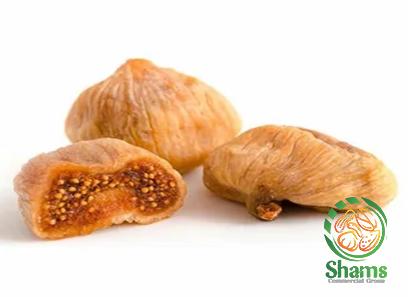
.
 They offer a unique combination of flavors, varying from sweet to slightly tart. On the other hand, dried figs have a chewy and leathery texture with a concentrated sweetness. The drying process intensifies their flavor, making them even sweeter and richer. When it comes to nutritional value, both dried and fresh figs offer numerous health benefits. Figs are packed with fiber, which aids in digestion and helps regulate blood sugar levels.
They offer a unique combination of flavors, varying from sweet to slightly tart. On the other hand, dried figs have a chewy and leathery texture with a concentrated sweetness. The drying process intensifies their flavor, making them even sweeter and richer. When it comes to nutritional value, both dried and fresh figs offer numerous health benefits. Figs are packed with fiber, which aids in digestion and helps regulate blood sugar levels.
..
 They are also rich in vitamins, including vitamin B6, vitamin K, and minerals such as potassium, magnesium, and calcium. However, the drying process alters some of the nutritional content in figs. Drying figs significantly reduces their water content, resulting in a higher concentration of nutrients, including fiber, vitamins, and minerals. This means that dried figs often contain more fiber and nutrients per serving than fresh figs. However, it is important to note that dried figs also have a higher calorie content due to their concentrated sugars. Another factor to consider when choosing between dried and fresh figs is their versatility in culinary applications.
They are also rich in vitamins, including vitamin B6, vitamin K, and minerals such as potassium, magnesium, and calcium. However, the drying process alters some of the nutritional content in figs. Drying figs significantly reduces their water content, resulting in a higher concentration of nutrients, including fiber, vitamins, and minerals. This means that dried figs often contain more fiber and nutrients per serving than fresh figs. However, it is important to note that dried figs also have a higher calorie content due to their concentrated sugars. Another factor to consider when choosing between dried and fresh figs is their versatility in culinary applications.
…
 Fresh figs are often enjoyed raw, either as a standalone snack or as a topping in salads, yogurt, or desserts. Their delicate texture and subtle sweetness make them an excellent addition to a variety of recipes. Dried figs, on the other hand, have a longer shelf life and are more easily transportable, making them a convenient option for on-the-go snacking. They can also be used in cooking and baking, adding a natural sweetness to dishes like stews, bread, and granola bars. Dried figs can also be soaked in water or juice to soften them and create a syrup-like consistency that can be used as a natural sweetener. In conclusion, both dried and fresh figs offer unique flavors and health benefits. Fresh figs have a juicy and mild sweetness, while dried figs have a concentrated and chewy texture. Nutritional values differ slightly, with dried figs containing a higher concentration of nutrients but also higher in calories. Choosing between dried and fresh figs ultimately depends on personal preference and the specific culinary application. Incorporating figs into your diet can provide a delicious and nutritious addition, no matter which form you choose.
Fresh figs are often enjoyed raw, either as a standalone snack or as a topping in salads, yogurt, or desserts. Their delicate texture and subtle sweetness make them an excellent addition to a variety of recipes. Dried figs, on the other hand, have a longer shelf life and are more easily transportable, making them a convenient option for on-the-go snacking. They can also be used in cooking and baking, adding a natural sweetness to dishes like stews, bread, and granola bars. Dried figs can also be soaked in water or juice to soften them and create a syrup-like consistency that can be used as a natural sweetener. In conclusion, both dried and fresh figs offer unique flavors and health benefits. Fresh figs have a juicy and mild sweetness, while dried figs have a concentrated and chewy texture. Nutritional values differ slightly, with dried figs containing a higher concentration of nutrients but also higher in calories. Choosing between dried and fresh figs ultimately depends on personal preference and the specific culinary application. Incorporating figs into your diet can provide a delicious and nutritious addition, no matter which form you choose.


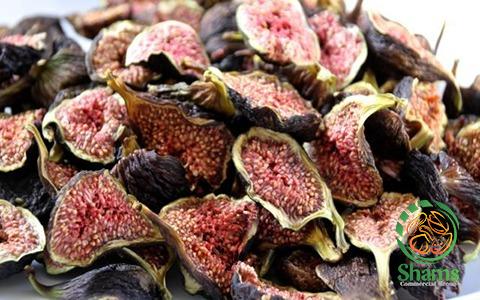


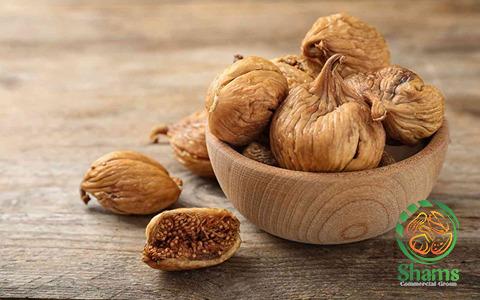
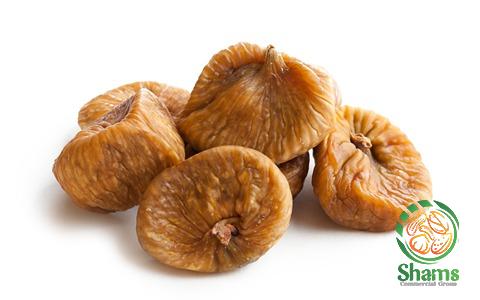
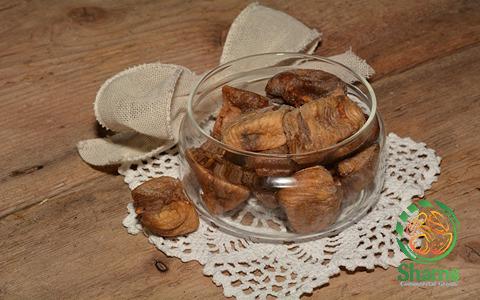

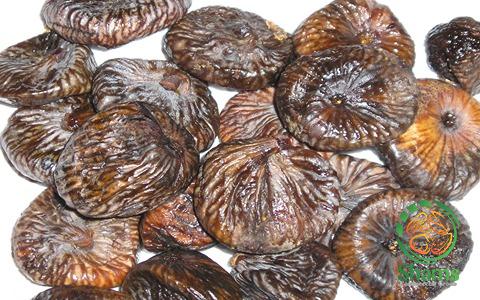

Your comment submitted.